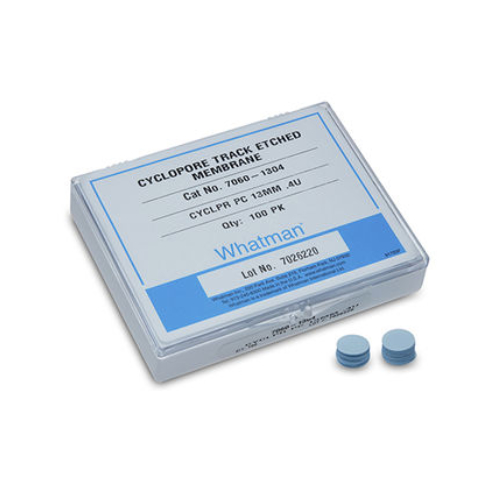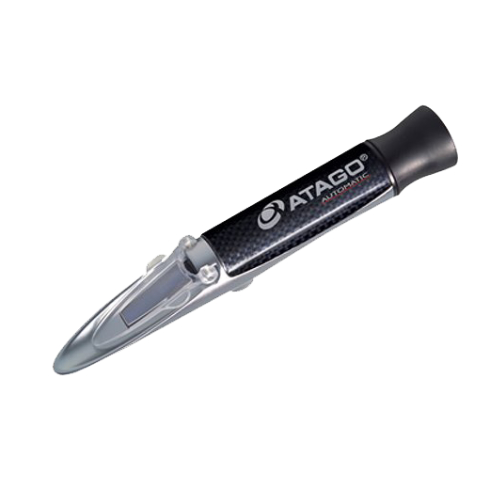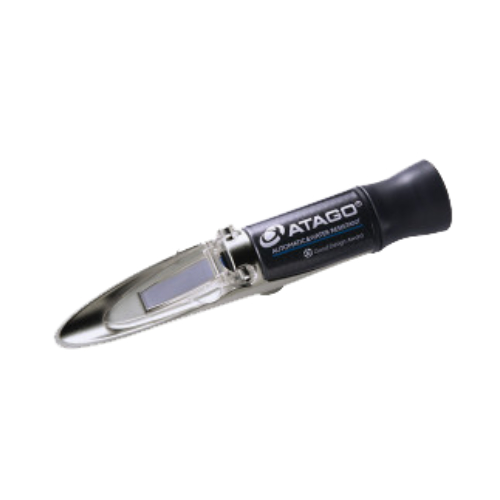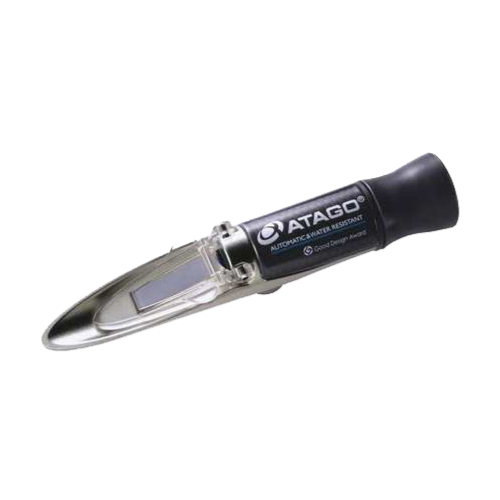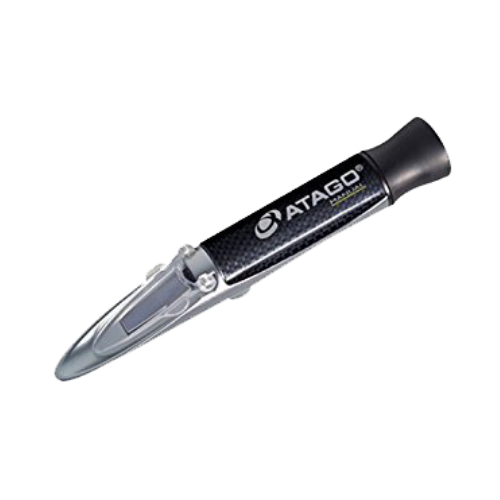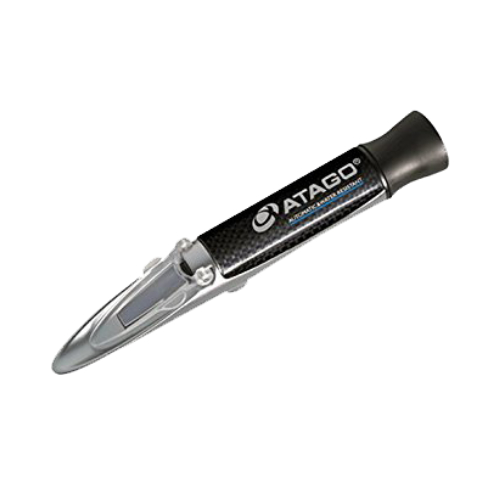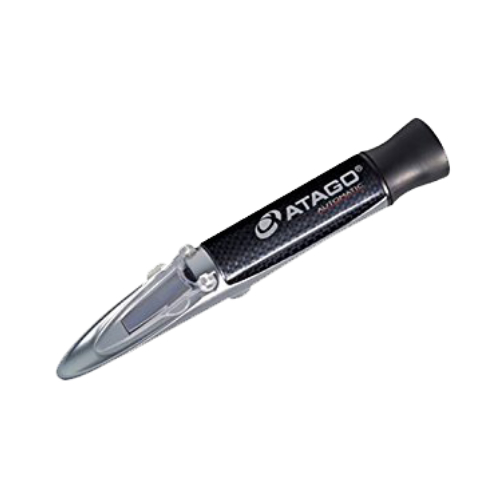GE’s Whatman Cyclopore polycarbonate membranes are true pore size microporous membranes featuring the sharp cut-off and reproducible microfiltration characteristics of track-etched membrane filters.
Whatman Cyclopore PC Polycarbonate Membrane Filters
Description
- Low affinity for stains improves visibility under a microscope
- Low protein binding minimizes sample loss of proteinaceous samples
- Narrow pore size distribution and high pore density support rapid surface capture of analyte
- Negligible absorption and adsorption of filtrate; nonhygroscopic
- No particle shedding enables clean filtrate
- Biologically inert
GE Healthcare’s Life Sciences business offers a variety of Whatman track-etched membranes. Cyclopore comes in clear and black colors. Nuclepore track-etched membrane options are available for organic halide adsorption, electron microscopy, and other specific applications.
| Parameter | Cyclopore Polycarbonate Membrane, circle (100 pcs) |
|---|---|
| Application: | Air monitoring: Trace elements (chemicals, radioactivity) and particulate analysis (dust, pollens, and airborne particles) Analytical methods: Gravimetric analysis, densitometry, emission spectroscopy, x-ray fluorescence, and infrared analysis Water analysis: Absorbable organic halides (AOX), direct count of microorganisms, marine biology and dissolved phosphates, nitrates, and ammonia analysis Blood filtration and cell analysis: RBC deformability, leukocyte removal, RBC filtration and plasmapheresis, chemotaxis, cytology, and cell culture General filtration: Particulate and bacteria removal, cross flow filtration, HPLC sample preparation, and solution filtration Microscopy: Electron microscopy, epifluorescence microscopy, and direct optical microscopy Microorganism analysis: Direct total microbial count, harvesting, concentration, fractionation, yeast, molds, Giardia, Legionella, coliform, and canine microfilaria Nucleic acid studies: Alkaline elution and DNA fragment fractionation Oceanographic studies: Transparent polycarbonate membrane filters provide a new tool for studying planktonic organisms. These ultra thin transparent membranes are strong yet flexible, allowing for planktonic samples to be filtered and the membranes to be mounted directly onto microscope slides. (Ref: Hewes et al. 1998; Graham and Mitchell 1999; Graham 1999.) Healthcare: Biosensors – as a barrier offering controlled diffusion for biological reagents and electrochemical detectors. Diagnostic assays – for flow control, sample preparation, blood separation, and capture of latex microparticles. Cell biology – for cell culture, chemotaxis, and cytological analyses, e.g., direct staining, isotopic and fluorescence based assays. Transdermal drug delivery – as an inert matrix for retention of therapeutics |
| Ash Weight: | 0.6 µg/cm² |
| Autoclavable: | 30 min at 121°C |
| Biological Compatibility: | Inert |
| Fiber Releasing: | No |
| Flammability: | Slow burn |
| Leachables: | Negligible |
| Material: | Polycarbonate (PC) |
| Opacity: | Translucent |
| Operating temp. max. : | 140°C |
| Pore Density Max. : | 6 x 10⁸ pores/cm² |
| Pore Density Min. : | 10⁵ pores/cm2 |
| Porosity (Void Volume)
Max. : |
20% |
| Porosity (Void Volume)
Min. : |
4% |
| Specific Gravity : | 1.21 g/cm² |
| Weight Max.: | 2.0 mg/cm² |
| Weight Min.: | 0.7 mg/cm² |
| Pore Size & Diameter : | 0.1 µm, 0.2 µm, 5 µm, 8 µm & 12 µm – 25 mm, 47 mm
0.4 µm – 13 mm, 25 mm, 47 mm 1 µm – 47 mm 2 µm – 25 mm 3 µm – 47 mm 10 µm – 47 mm |
Order now
To make your order, please contact us at info@polyscientific.com.my or call us at +6 06 3350 690

